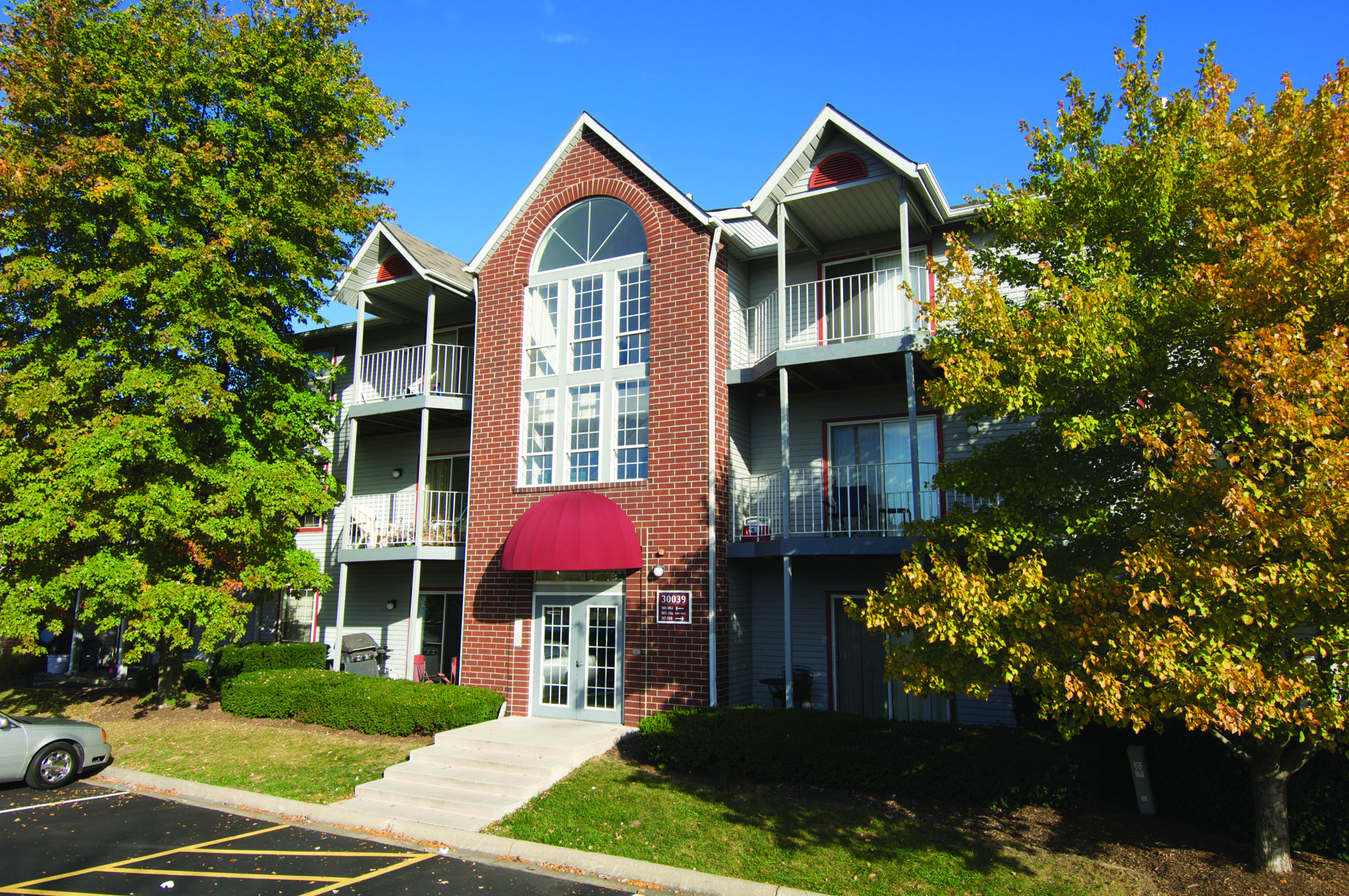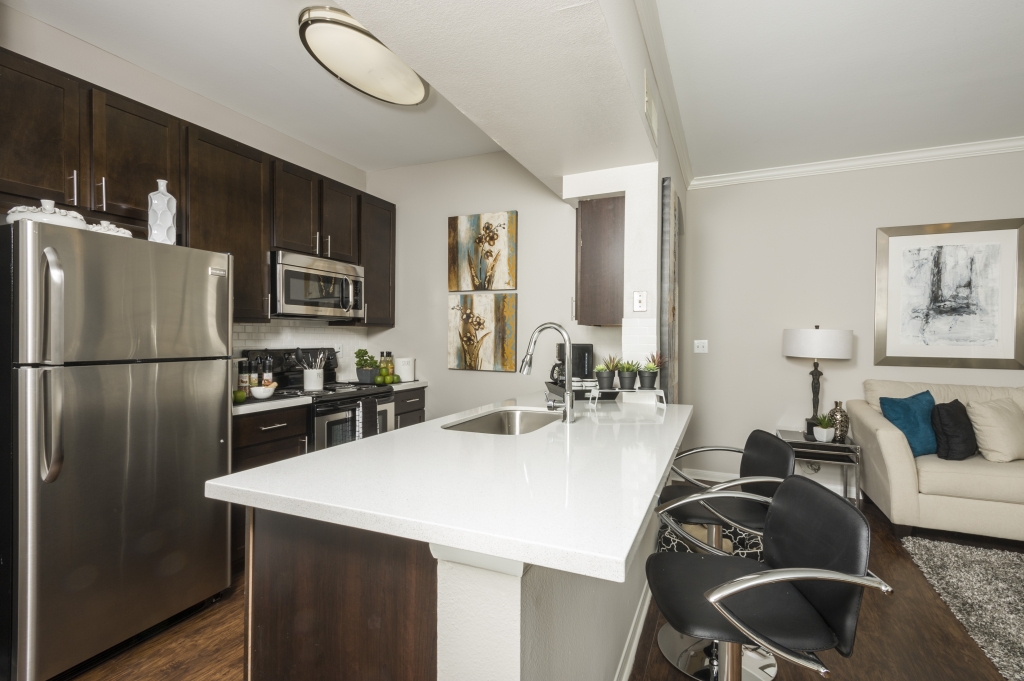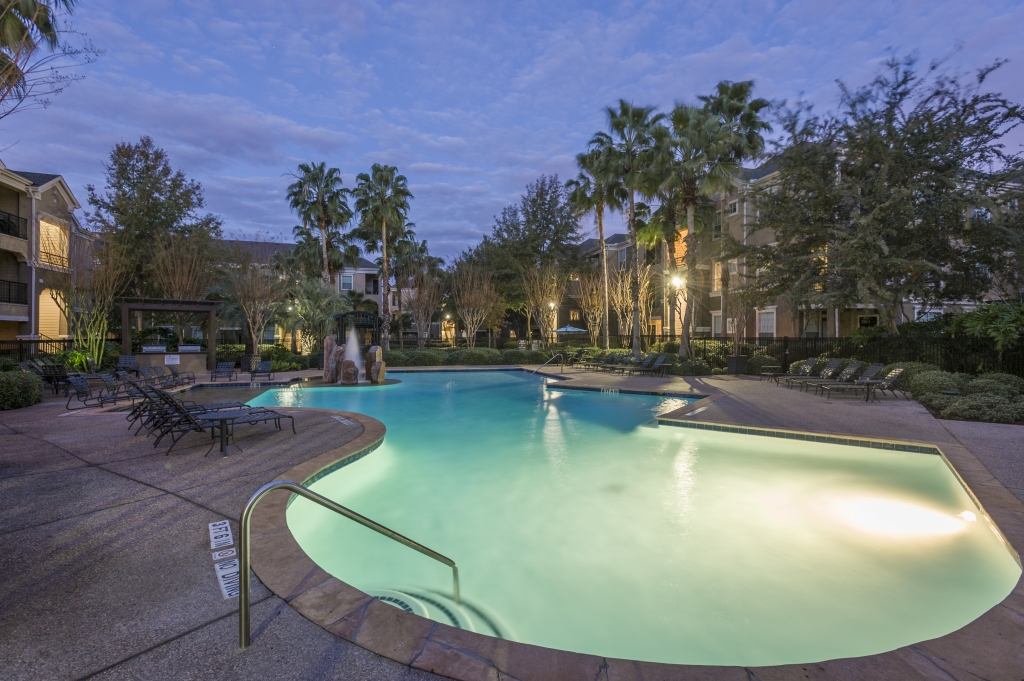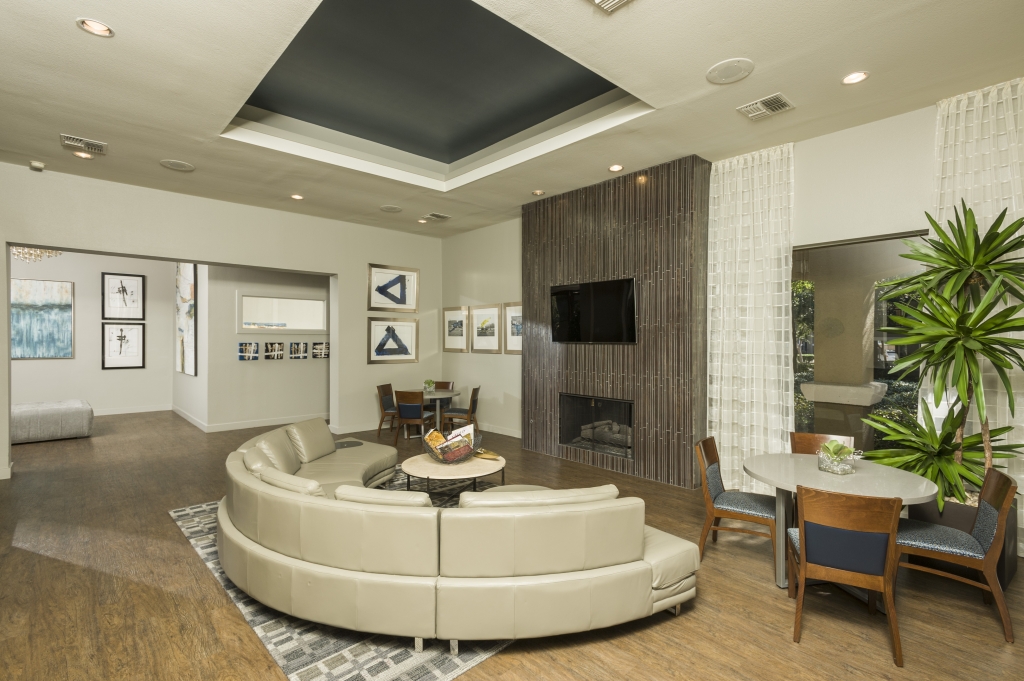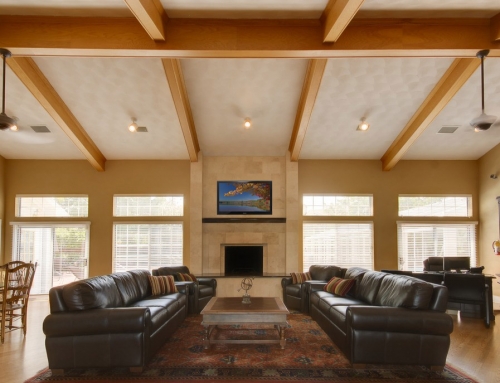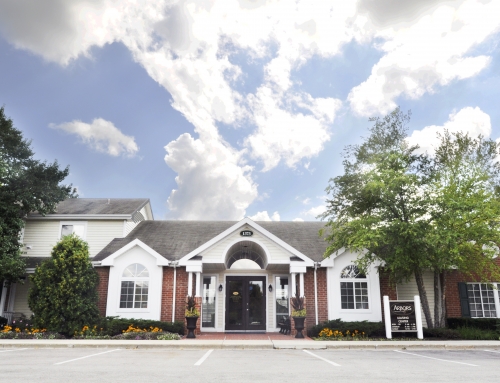While many adult Americans continue to desire to own a home, for millions of aspiring homeowners, owning is not an option due to income qualification, home pricing, and restricted mortgage loan accessibility
Millennials (a key renter age cohort) make up 75 % of the American workforce
The trend toward postponed marriage (today the average age at first marriage is the oldest in history), delayed childbearing, and rising divorce has increased the number of renter households
Seniors are increasingly downsizing by selling their houses and choosing to rent
Homeownership rates in the US are at the lowest level since 1967
Occupancy rates and rental growth are higher in Class B middle tier rentals than in Class A product
New under construction multifamily product, due to today’s high land and construction costs, must be positioned as high end Class A product in order to achieve the high rents required for a return on investment
Nationally, stabilized middle tier (Class B) multifamily properties have been achieving higher occupancy levels that newer Class A assets since September, 2015.
There is substantial pent up demand for mid tier apartments in addition to the needs of those renters currently in the market: the level of 18-34 year olds living in a parental home is now 3.7 million over the long term average. As unemployment rates remain low, these “living in the basement kids” will enter the rental market.
Confirming the soundness of multifamily real estate investment, Fannie Mae and Freddie Mac’s serious delinquency rate (60 days or more past due) on multifamily loans are at historically low levels and are near zero at .06 and .04 percent respectively.
Through mid 2016, US Multifamily rent growth remains above historical averages at 4 %.
Lower price point mid-tier rentals and Suburban assets continue to skirt the impact of heavy new supply in more expensive CBD submarkets in major MSAs.

